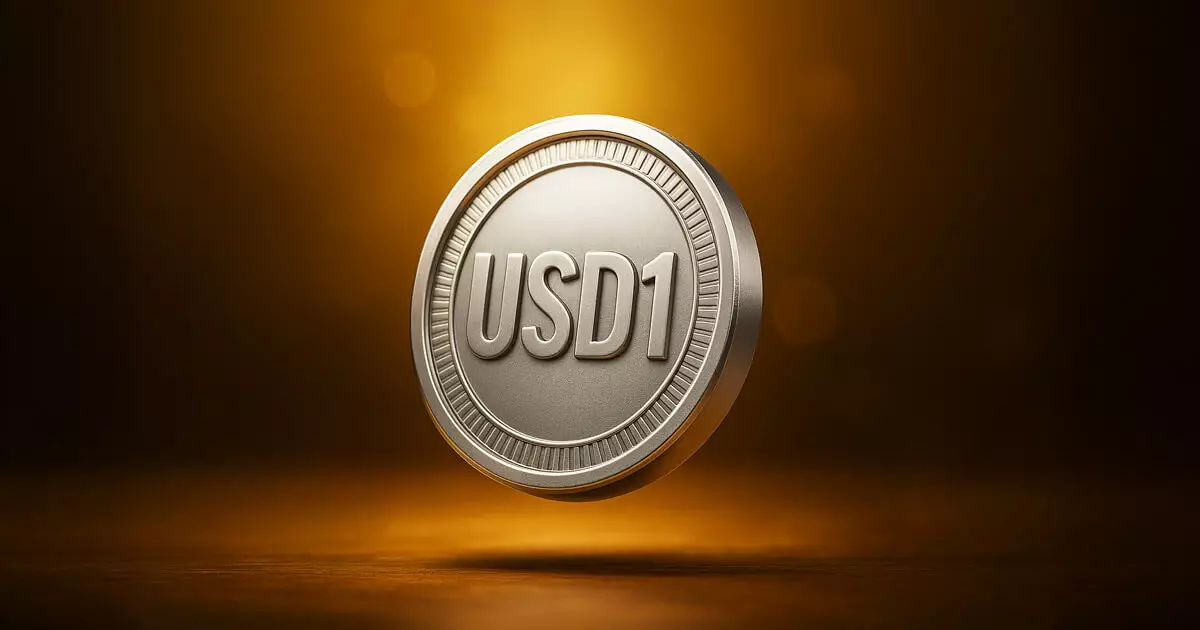The listing of the USD1 stablecoin by Binance, the titan of cryptocurrency exchanges, certainly invites a wide range of reactions within the crypto community. This step reflects Binance’s attempt to expand its offerings and adapt to a rapidly evolving financial landscape. On the one hand, it showcases the exchange’s agility and openness to new financial products, but on the other, the geographical restrictions imposed raise serious questions about accessibility and inclusivity. While the aspirations of World Liberty Financial (WLFI) to empower the unbanked are commendable, the limitations of this listing effectively limit the very reach it seeks to achieve.
Geographical Restrictions: A Symptom of Broader Issues
The restrictions on trading USD1 in regions such as the European Economic Area and the United States are stark and concerning. Such a policy narrow-casts the demographic of potential users, contradicting the lofty mission articulated by WLFI to bridge financial gaps for 1.4 billion unbanked individuals. This disparity encourages skepticism about the true motivations behind these restrictions. Are these measures aimed at compliance, or do they point to a deeper, possibly exclusionary agenda? When a significant financial tool is tethered by such limitations, it undermines the core principle of what cryptocurrencies, including stablecoins, were initially designed to accomplish: democratizing finance.
A New Dawn for Stablecoins or Just a Trend?
The swift movement surrounding the USD1 listing, with various exchanges vying to include this asset, might provide a superficial impression of a burgeoning trend. However, the fundamental question remains: is this enthusiasm sustainable? The speed and fervor with which crypto platforms are aligning with USD1 could signify not just a genuine interest but potentially a bandwagon effect that relies more on perceived popularity than intrinsic value. Stability is not merely about a 1:1 peg to the US dollar; it’s also about longitudinal trust, utility, and the actual empowerment of users—factors that must be addressed if this listing is to be viewed as more than a fleeting moment in the broader crypto timeline.
A Shift Toward Centralization?
While the promise of cross-chain interoperability, as facilitated by Chainlink’s Cross-Chain Interoperability Protocol, implies a future of fluidity among multiple blockchains, the underlying fear of centralization looms large. The push towards a stablecoin backed by US Treasuries may evoke nostalgia for traditional finance, but it also raises alarms about creating yet another centralized contour in an ecosystem that prides itself on decentralization. In a world where the financial narrative is being rewritten, adopting aspects of central banking could feel like a betrayal to the core ethos of cryptocurrency.
WLFI’s Mission: Noble but Challenging
Zach Witkoff’s declaration of empowering the unbanked and underbanked is a statement that resonates deeply, yet the effective means to achieve such an ambition appear muddled. While the idea of leveraging stablecoins for wider global financial access is inspiring, it begs the question: how achievable is this vision with the current restraints? The asymmetry between WLFI’s proclamations and real-world application invites scrutiny and serves as a reminder that noble causes need pragmatic pathways to fruition. Empowering individuals should translate into tangible changes in their financial realities, rather than lofty yet unfulfilled promises.
The announcement of USD1’s listing may be celebrating innovation at Binance, but it simultaneously exposes significant fractures in the noble narrative of inclusivity in cryptocurrency. The potential for meaningful change hangs by a thread and will depend not only on market enthusiasm but also on the true commitment to democratizing finance amid growing challenges.
















Leave a Reply